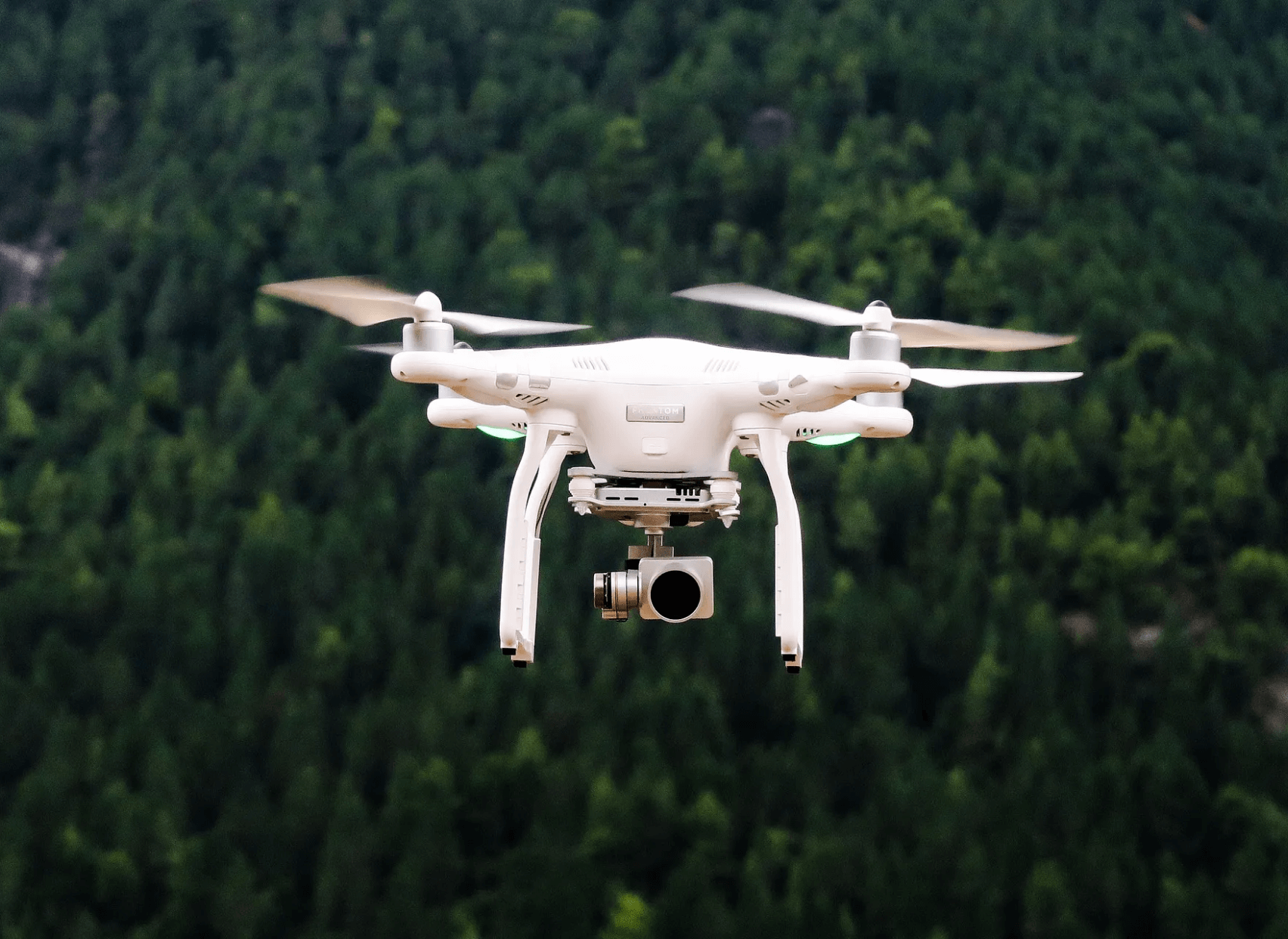Obtaining your Federal Aviation Administration (FAA) Part 107 license is a crucial step for anyone looking to operate a drone commercially in the United States. Whether you're a custom applicator, photographer, videographer, surveyor, or any other professional utilizing drones for business purposes, having this certification is essential for legal and safety reasons. Here's a comprehensive guide on how to obtain your FAA Part 107 license, including links to the appropriate FAA websites for further information and resources.
Click here to start your Part 107 Online Course.

Step 1: Understand the Requirements
Before diving into the process, it's important to understand the requirements for obtaining a Part 107 license:
- Be at least 16 years old: You must be at least 16 years old to qualify for a Part 107 Remote Pilot Certificate.
- Pass the Aeronautical Knowledge Test: You need to pass the FAA's Aeronautical Knowledge Test, also known as the Part 107 exam, covering various topics related to aviation regulations, airspace, weather, and drone operations.
- Submit an Application: Once you pass the exam, you'll need to submit an application for your Remote Pilot Certificate through the FAA's Integrated Airman Certification and Rating Application (IACRA) system.
Step 2: Study for the Exam
Preparation is key to passing the Part 107 exam. The FAA provides a wealth of resources to help you study, including:
- Remote Pilot Study Guide : The FAA's Remote Pilot Study Guide outlines the topics covered in the exam and provides valuable study material. You can access the guide on the FAA website here.
- FAA Part 107 Airman Certification Standards: This document outlines the aeronautical knowledge areas required to pass the exam and provides detailed descriptions of each knowledge area. You can find the Airman Certification Standards here.
- Online Courses and Study Materials: Numerous online courses and study materials are available to help you prepare for the exam. Some popular options include the FAA's free online training course on the FAA Safety Team (FAASTeam) website and various third-party test prep courses. You can start the free FAA Part 107 sUAS course here.
4. 3rd Party Part 107 Test Prep Courses: There are several courses available online with easy to understand modules and practice exams. We recommend Drone Pilot Academy Part 107 Bootcamp.


Step 3: Schedule and Take the Exam
Once you feel prepared, it's time to schedule your Part 107 exam
- Obtain an FAA Tracking Number (FTN) by creating an Integrated Airman Certification and Rating Application (IACRA) profile prior to registering for a knowledge test.
- Schedule your exam. The exam is administered at FAA-approved testing centers across the country. You can find a list of testing centers and schedule your exam through the FAA's Airman Certificate Testing Service (ACTS) website here.
Step 4: Submit Your Application
After passing the exam, you'll need to submit an application for your Remote Pilot Certificate through the FAA's IACRA system. You'll use your IACRA account to complete the application process, including providing proof of identity and passing a TSA background check.
Step 5: Receive Your Remote Pilot Certificate
Once your application is processed and approved, you'll receive your Remote Pilot Certificate in the mail with a small unmanned aircraft systems (sUAS) rating. This usually takes 4 to 6 weeks. This certificate allows you to legally operate drones for commercial purposes under the FAA's Part 107 regulations.
Conclusion
Ready to start your FAA Part 107? Lets get studying!
Obtaining your FAA Part 107 license is a significant milestone for anyone looking to become a custom applicator and operate drones commercially in the United States. By following these steps and utilizing the resources provided by the FAA, you can successfully prepare for and pass the Part 107 exam, ensuring that you're compliant with regulations and equipped with the knowledge necessary to operate drones safely and responsibly. For more information and detailed guidance, visit the FAA's UAS website here.
